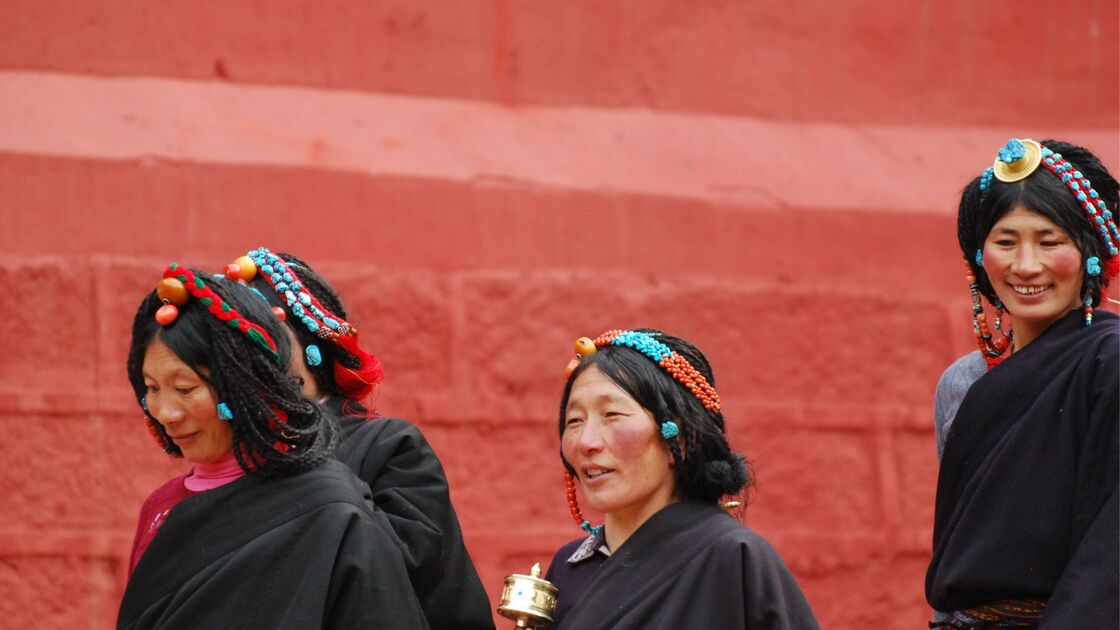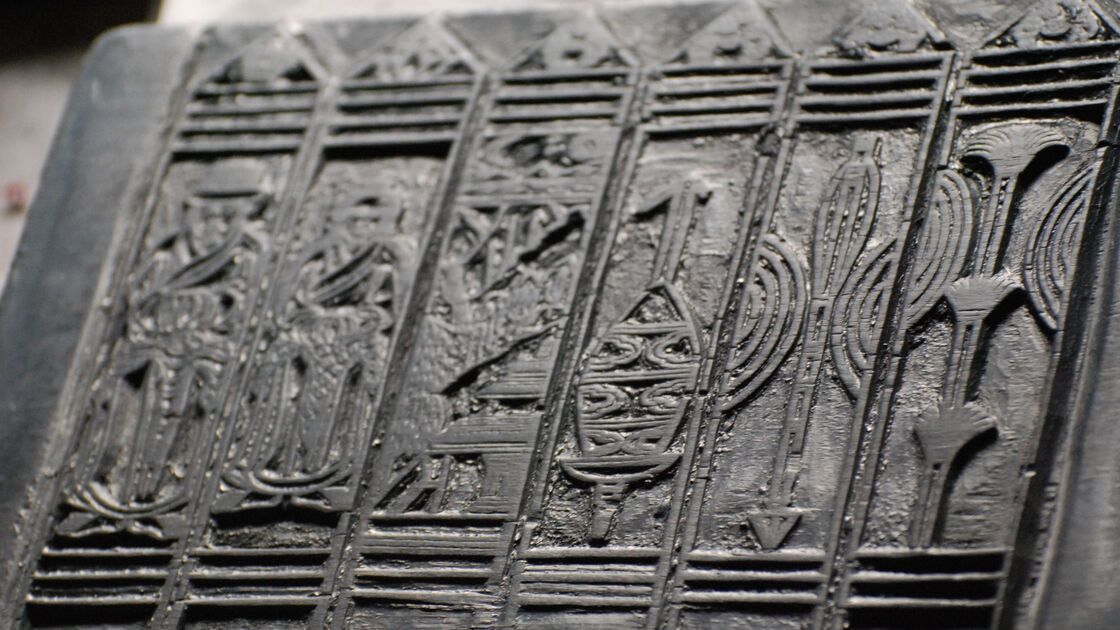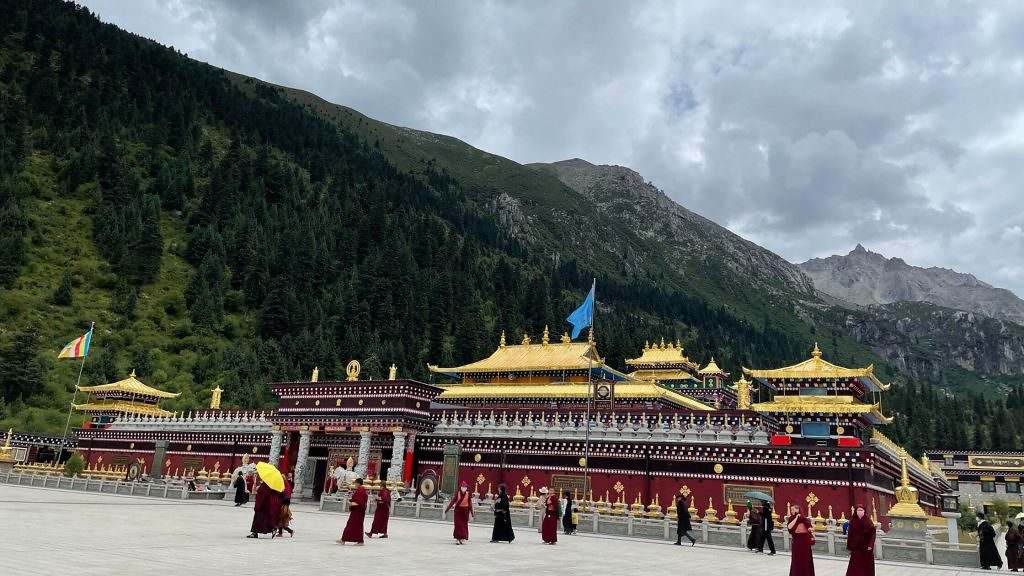+86-15889090408
[email protected]
Kham Derge was the biggest kingdom in eastern Tibet and the center of Tibetan culture and Tibetan Buddhism. The kingdom was 1300 years old and lasted till the 20th century. The last king of Kham Derge was Tenpa Tsering. He had contributed a lot to the development of Tibetan Buddhism and funded the monasteries in Kham Derge.
Derge Parkhang, or Derge printing house, was his most renowned contribution to his community, and it became the center of Tibetan Buddhism in eastern Tibet. They produce highly qualified Buddhist masters such as Situ Panchen, Tai Situ, Jamyang Khyentse Wangpo, and Dilgo Khyentse Rinpoche. There are historic Tibetan monasteries and monastic colleges like Dzogchen Monastery, Shechen Monastery, Gonchen Monastery, Dzongsar Monastery, Katok Monastery, Palyul monastery, and many more. There were thousands of monks in each monastery in the early days, but a few hundred monks nowadays.

These days it’s under Garze Tibetan Autonomous Prefecture, and it is one of the townships of the prefecture. It has around 30,000 people living in town, and most of them are farmers and nomads. There are so many amazing places to travel around Kham Derge.
Kham Derge is also famous for its beautiful landscapes and ancient monasteries. It has more than 60 monasteries and temples. Some of them are more than a thousand years old and still witness its glories.

Derge Parkhang was a three-story printing house built in 1729. The last king of Kham, Derge Tenpa Tsering, had established this magnificent printing house. It is the oldest printing house in the Tibetan region. The printing house has Tibet’s oldest Buddhist scriptures crafted on wooden blocks to print on paper. The 8th Tai Situpa was a renowned Tibetan Buddhist master of the 19th century, and he was the head of the printing house to revive and assemble the scriptures. It has around 217,000 wooden crafted blocks stored at Derge Parkhang, and 70% of them are Tibetan literary heritage.
They continue to use their ancient printing techniques, and no machines are utilized in the printing process. The Derge Parkhang editions are considered as the best quality with few typographical errors. The printing house produces ancient Tibetan mathematics, science, medicine books, and Buddhist scriptures for all sects of Tibetan Buddhism.

Derge Gonchen monastery was established in 1448 as Sakyapa Monastery. However, the monastery introduced different Tibetan Buddhist traditions. During the cultural revolution, the monastery was destroyed, and later it was reconstructed the most of its parts. Nowadays, there are a few hundred monks. It was the seat of Derge Kings. The Kham Derge king sponsored the monastery for its monks and developed the monastery complex in the early days.
Dzongsar Monastery was founded in 1253 by Drilgung Chogye Pakpa, and the monastery’s construction was instructed by Jamyang Khyentse Wangpo and Khyentse Chogyi Gyatso. These two were the most prolific Buddhist masters and lineage holders of Sakya, Nyingma, and Kagyu traditions in eastern Tibet.
The monastery was destroyed during the cultural revolution and later rebuilt in 1983. There is a monastic college which is quite famous in eastern Tibet. They produce many Buddhist scholars.
Dzogchen monastery was founded by the first Dzogchen Rinpoche, Pema Rigzin in 1684. It became renowned for its monastic college, which Gyelse Tenpa Thayie established during the fourth Dzogchen Rinpoche, Mingyur Namkhe Dorje. It was destroyed in an earthquake in 1842 and again rebuilt to its glory by the fifth Dzogchen Rinpoche. There are many retreat centers around the monastery complex.
The monastery had produced Tibet’s most famous Buddhist masters of the 19th century. There are Khenpo Pema Vajra, Patrul Rinpoche, Mipham Rinpoche, and Khenpo Shenga. It was the largest Nyingma Monastery in Tibet. The monastery was famous for its principal treasure reveal (terma) teachings by Terton Jatson Nyingpo. The Dzogchen monastery was destroyed several times due to natural disasters and also during the cultural revolution. However, they rebuilt it to its former glory. These days there are around 500 hundred monks and practicing and preserving their ancient lineage.

Shechen monastery is in Derge County of Garze Tibetan Autonomous Prefecture. It was established in 1695 by Shechen Rabjam Tenpa Gyalsten and later built in 1734 by Gyurme Kunzang Namgyal. It was one of the most influential monasteries in the 18th and 19th centuries in eastern Tibet. The monastery was destroyed during the cultural revolution and later rebuilt in the 1980s. It is one main monasteries of the Nyingma sect of Tibetan Buddhism. Today they are around 400 hundred monks in the monastery.
